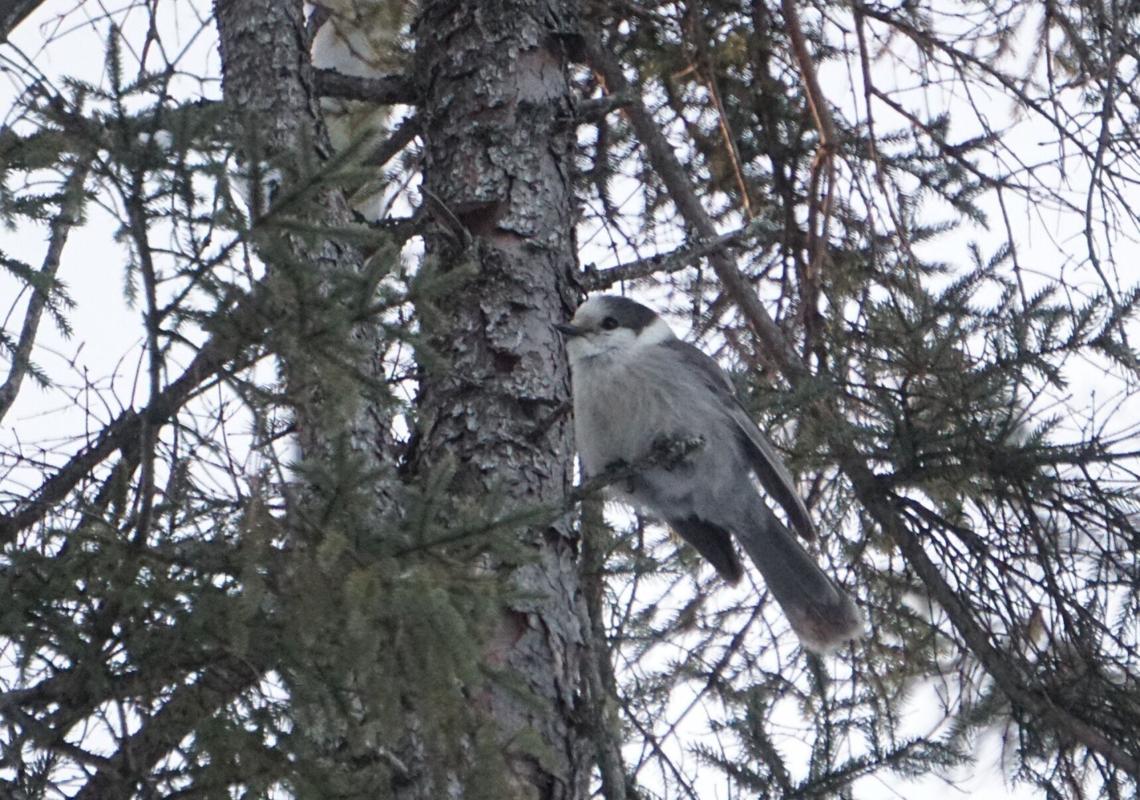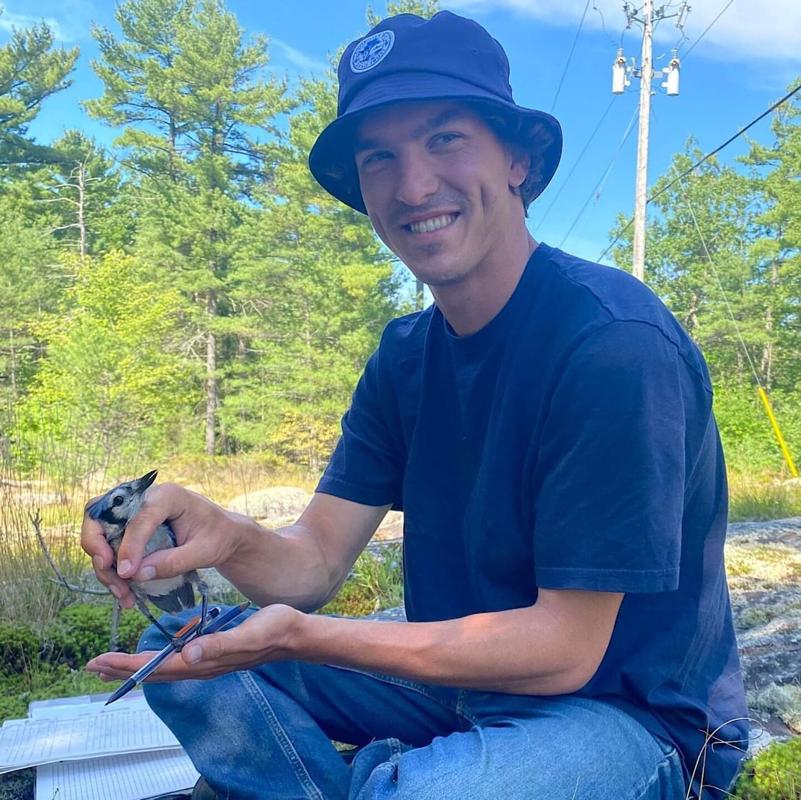Will loons still call across Muskoka in 30 years?
Birds say a lot about the status and health of our forests.
By Aaron Rusak.

Hearing the call of a loon on a misty morning is a quintessential Muskoka experience and a symbol of Muskoka for so many. Their haunting call is not one soon forgotten and its absence would be felt by many cottagers and residents alike.
Loons have long had a stronghold in Muskoka, with many lakes having at least one nesting pair. The sudden disappearance of a loon pair would be quickly noticed by any locals, but not all birds have this luxury.
Our knowledge of bird populations is very limited in Muskoka, and changes are beginning to happen under our noses.
Historically, data for bird populations have been collected across Ontario and published as Breeding Bird Atlases in 1980 and 2000. Preparation of the third Atlas is currently underway.
The atlases tell us about the presence or absence of bird species across Ontario. Citizen science is helping fill in the remaining gaps, but Muskoka has far fewer birders than we see in southern Ontario, and this leaves us in a difficult situation.
We really don’t know enough about Muskoka’s birds and what they require to be able to survive the coming challenges.
Take our boreal species, for example. Several different boreal species have historically been found within Muskoka, birds such as Boreal chickadee, Canada jay and Spruce grouse.
Although we are at the very edge of their range, areas like Novar and Dwight used to record these species relatively frequently. There are pockets of these species still present in Muskoka – I recently found a breeding pair of Canada jays just 15 minutes from Bracebridge – but these boreal birds are disappearing from many locations.
Climate change and habitat fragmentation from development are helping push these species north, but no one is talking about how they miss hearing the nasal scold of a Boreal chickadee.
A potentially more noticeable disappearance is that of the Eastern whip-poor-will, a species of nightjar that was once widespread across Muskoka. Their nocturnal song is an unmistakable reiteration of their name and although they have strongholds in specific locations within Muskoka, that sound has disappeared from many places where it once was heard nightly.
We are far too late to the party when it comes to knowledge about the birds of Muskoka, the habitats they utilize and the actions we can take to conserve them.
Birds say a lot about the status and health of our forests, because so many species have specific habitat needs. Citizen science is starting to fill gaps in knowledge, but it’s difficult to know whether we’ll be able to gather the necessary data fast enough to protect these species.
Since 2020, birders compiling the Atlas have found five new breeding locations in Muskoka for the Golden-winged Warbler, a species at risk in Ontario. These locations may be vital in identifying habitat requirements of this species. In fact, one of these locations has been recently acquired by the Muskoka Conservancy, to be protected in perpetuity.
So what can you do? Although learning birdsong seems daunting, being observant of the species around you is key. A species that you see regularly could very well be rare in Muskoka or a species at risk within the province. Tools like eBird and Merlin can help you identify species and connect with knowledgeable local birders.
The best time to start collecting data is now, because the more we know the better we can conserve the areas that are important to the species that call Muskoka home. Waiting until we no longer hear the haunting call of the loon is too late.

This is the 12th in a series of articles from the Muskoka Watershed Council on “The State of Our Watershed” published by MuskokaRegion.com. Each article explores aspects of our environment revealed in our 2023 Muskoka Watershed Report Card and identifies new management challenges. This week’s article was contributed by Aaron Rusak, an avid naturalist, new Chair of the Muskoka Watershed Council and protected areas manager for the Georgian Bay Land Trust.
